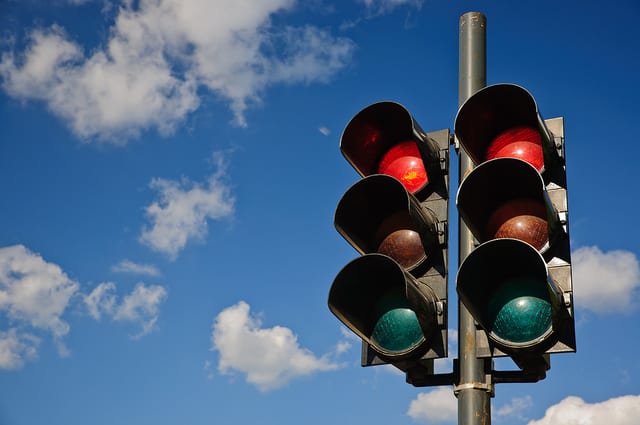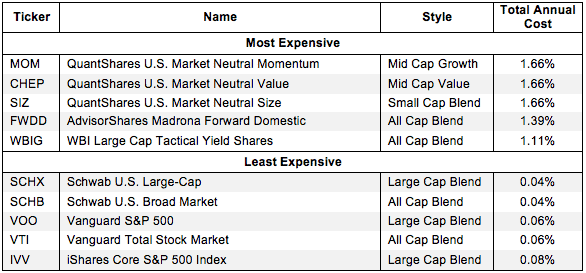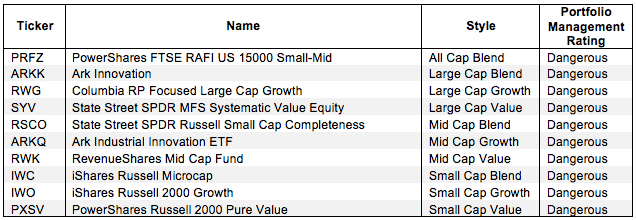How To Avoid The Worst ETFs In 2Q 2015

Question: Why are there so many ETFs?
Answer: ETF providers tend to make lots of money on each ETF so they create more products to sell.
The large number of ETFs has little to do with serving your best interests. Below are three red flags you can use to avoid the worst ETFs:
1. Inadequate Liquidity
This issue is the easiest to avoid, and our advice is simple. Avoid all ETFs with less than $100 million in assets. Low levels of liquidity can lead to a discrepancy between the price of the ETF and the underlying value of the securities it holds. Plus, low asset levels tend to mean lower volume in the ETF and larger bid-ask spreads.
2. High Fees
ETFs should be cheap, but not all of them are. The first step here is to know what is cheap and expensive.
To ensure you are paying at or below average fees, invest only in ETFs with total annual costs below 0.49%, which is the average total annual cost of the 289 U.S. equity Style ETFs we cover.
Figure 1 shows the most and least expensive Style ETFs. QuantShares provides three of the most expensive ETFs while Schwab ETFs are among the cheapest.
Figure 1: 5 Least and Most-Expensive Style ETFs

Sources: New Constructs, LLC and company filings
Investors need not pay high fees for quality holdings. Arrow QVM Equity Factor (QVM) earns our Very Attractive rating and has low total annual costs of only 0.72%.
On the other hand, no matter how cheap an ETF, if it holds bad stocks, its performance will be bad. The quality of an ETF's holdings matters more than its price.
3. Poor Holdings
Avoiding poor holdings is by far the hardest part of avoiding bad ETFs, but it is also the most important because an ETF’s performance is determined more by its holdings than its costs. Figure 2 shows the ETFs within each style with the worst holdings or portfolio management ratings.
Figure 2: Style ETFs with the Worst Holding

Sources: New Constructs, LLC and company filings
State Street, iShares, and PowerShares appear more often than any other providers in Figure 2, which means that they offer the most ETFs with the worst holdings.
Our overall ratings on ETFs are based primarily on our stock ratings of their holdings.
The Danger Within
Buying an ETF without analyzing its holdings is like buying a stock without analyzing its business and finances. Put another way, research on ETF holdings is necessary due diligence because an ETF’s performance is only as good as its holdings’ performance.
PERFORMANCE OF ETF’s HOLDINGS = PERFORMANCE OF ETF
Photo Credit: Horia Varlan (Flickr)
Disclosure: New Constructs staff receive no compensation to write about any specific stock, sector, or theme.




Thanks for this important article, some useful info here. One thing I thought you would talk about is sector allocation etfs. There are massive differences in performance between different sectors as you know. For example, biotech (IBB) up around 28% YTD vs weaker performing sectors like energy XLE down around 6% YTD. For folks who might want a more focused investment within a specific sector of the economy these sector ETFs might be a good way to do that.